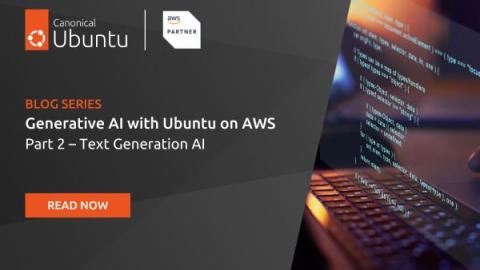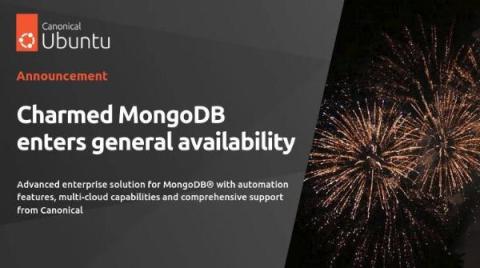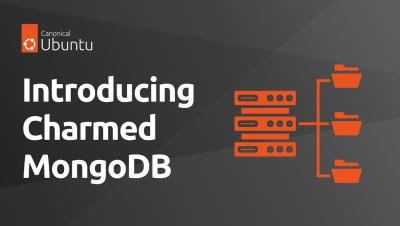AI and automotive: navigating the roads of tomorrow
I had the pleasure to be invited by Canonical’s AI/ML Product Manager, Andreea Munteanu, to one of the recent episodes of the Canonical AI/ML podcast. As an enthusiast of automotive and technology with a background in software, I was very eager to share my insights into the influence of artificial intelligence (AI) in the automotive industry.











